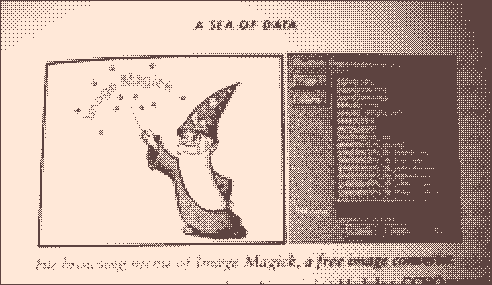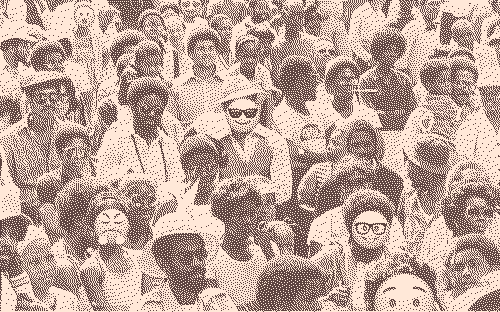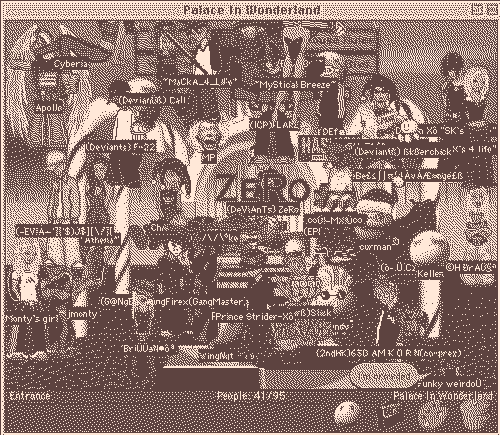
Essays and other writings that I find valuable :) I like to read and write about art theory - if you do too, I hope you can find something interesting!

➜ The poor image is a copy in motion. Its quality is bad, its resolution substandard. As it accelerates, it deteriorates. It is a ghost of an image, a preview, a thumbnail, an errant idea, an itinerant image distributed for free, squeezed through slow digital connections, compressed, reproduced, ripped, remixed, as well as copied and pasted into other channels of distribution.
Cinni Says: I come back to this piece over and over again, as it covers a topic I've been investigating in my own work for years. The process of archiving and the value of the low-fidelity mediums the everyday people have access to, and what it says about our cultural values. It's a reminder that what's considered of high value is often not reflective of reality. What keeps an image alive? The intangibility of it, it exists outside a single (high-value) object and continues on, transformed. Even though this came out in 2009, I find Hito's works often right on the pulse. I can't help but think of refried memes - once disgusted, now ironic - when I read this piece and the persistency of this specific degradation in our visual language.

➜ What is the function of art in the era of digital globalization? How can one think of art institutions in an age defined by planetary civil war, growing inequality, and proprietary digital technology? The boundaries of such institutions have grown fuzzy. They extend from a region where the audience is pumped for tweets to a future of “neurocurating,” in which paintings surveil their audience via facial recognition and eye tracking to assess their popularity and to scan for suspicious activity.
Cinni Says: Wow! a doozy of a book, full of dizzying and poetic ruminations of the future of a digital society. it critiques the role of museums in the current climate - who are museums for? what sort of values have they upheld? sort of apocalyptic and bleak, but hito makes powerful predictions on how tech can be used to further divide. life in the digital age is fractured, broken up, overwhelming. it can be dense at times and too abstract, but it's got very interesting ideas & totally worth a read and it's on my to-read-again list..

➜ i'm only asking artists whose work i like to not be pieces of shit with no self respect!! is that so much to ask?!!! is it so hard?!!!!!!
Cinni Says: A reflection of what it means to be an artist in this current day through a class analysis - as well as a critique of certain types ofartists that, like Pol, I equally have a distain for in this current capitalist art market hellscape!

➜ Within glitch feminism, glitch is celebrated as a vehicle of refusal, a strategy of nonperformance. This glitch aims to make abstract again that which has been forced into an uncomfortable and ill-defined material: the body. In glitch feminism, we look at the notion of glitch-as-error with its genesis in the realm of the machinic and the digital and consider how it can be reapplied to inform the way we see the AFK world, shaping how we might participate in it toward greater agency for and by ourselves. Deploying the Internet as a creative material, glitch feminism looks first through the lens of artists who, in their work and research, offer solutions to this troubled material of the body. The process of becoming material surfaces tensions, prompting us to inquire: Who defines the material of the body? Who gives it value - and why?
Cinni Says:

➜
Cinni Says:

➜
Cinni Says: